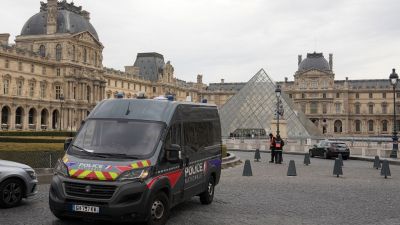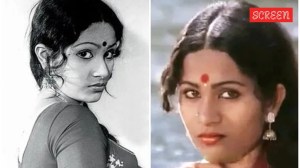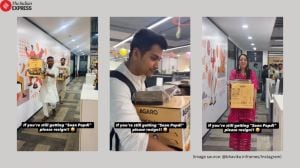Public figures
Artists warm up to sculpture gardens and the freedom of open spaces
Artists warm up to sculpture gardens and the freedom of open spaces
Last month,sculptor Sudarshan Shetty spent two weeks at a farm on the outskirts of Baroda making larger-than-life aluminum cars and hammering dents into them. That was exactly the kind of creative destruction his hosts for the fortnight,gallery owner Ruchika Aggarwal and father-in-law Harish,were hoping to inspire when they invited a group of artists to live at their farm and make works for their sculpture garden. In Navi Mumbai,away from the teeming city,another sprawling verdant green turned into an open-air gallery last year when art collector Tina Ambani invited artists from across the globeJapan (Mitsunori Koike) and UK (Shelly Miller),Latur (Manish Pushkale) and Delhi (Prithpal Ladi)to live at the Dhirubhai Ambani Learning Centre and leave behind a sculpture garden.
Such theme parks have been around in the West for years now but Indian artists are slowly getting more opportunities to let their work grow in and speak to the great outdoors. Sculptor Valsan Koorma Kolleri, who was part of the residency in Navi Mumbai,has announced his plans for his own sculpture garden in Kerala. Kolleris works are created keeping in mind open landscapes. My work could be called non-materialist,environmental-friendly art,not meant for the drawing room, says the artist,who works with scrap metal and found objects.
Sculpture,unlike painting,can more easily occupy a public space and meld with the life around it. While teaching at Vadodaras Faculty of Fine Arts,Maharaja Sayajirao University,Kolleri created quite a stir when he dug a tunnel that ran from the sculpture department to the canteen. Students were excited to see how it would end,and Kolleri did not disappoint. He covered the passage-way with twigs and leaves,creating a new space for the students to interact with. That project was not meant for sale or display,it was just something I had to do in order to prove a few things to myself, says the artist who has also started a rain water harvesting sculpture in Delhi and a butterfly park in Thrissur,Kerala.
If you think,like Kolleri,that artwork should be big and non-functional,a crowded studio space seems hardly the place for artistic experimentation. Which is why artists are delighted to get out of their studios. It is important for artists to expand their oeuvre and the art created on a residency programme may have relevance later. It is not about showing but growing, says Jehangir Jani,an artist who was part of a residency sponsored by the Jindal Art Foundation at their steel plant in Vasind,on the outskirts of Mumbai in 2004. Four artists,Vincent Barre,Jani,Subodh Gupta and John Gibbons,spent four weeks in a factory and created large sculptural and installation works inspired by the environment. The industrial space gave them steel sheets and the equipment to work and in many ways,fused studio with factory. The works remain in Vasind since they were too big to be stored anywhere in Mumbai.
But no one is complaining. Sometimes the artists can take the works and display them elsewhere. Shettys cars,which he calls History of Loss,will travel to the Freize Art Fair in London in October.
Taking a leaf out of Kolleris page,his one-time student Chintan Upadhyay,returned to hometown Partapur,Rajasthan,and worked with the locals of the area to construct onsite installations. His first project in 2004 was to paint a hill blue. Blue soon became a permanent symbol of drought in this area. We decided to change the landscape,first I painted a tree blue and then we painted a small hill, says Upadhyay,who then went on to write the word aakal all over an empty well with batasha. Superstitious villagers,however,once removed the paint from the hill since they believed a ghost had taken up residence there. Undeterred,Upadhyay is planning a book to document all the non-profit,site specific installations he has done during his career as an artist. He has also set up a residency for international artists at Partapur,it is important to create a dialogue with areas outside the city. One not only has the joy of watching untutored appreciation of art,but in return gets new ideas, says Upadhyay.
Clearly open spaces and unconventional art seems to agree well with contemporary artists.





- 01
- 02
- 03
- 04
- 05


























